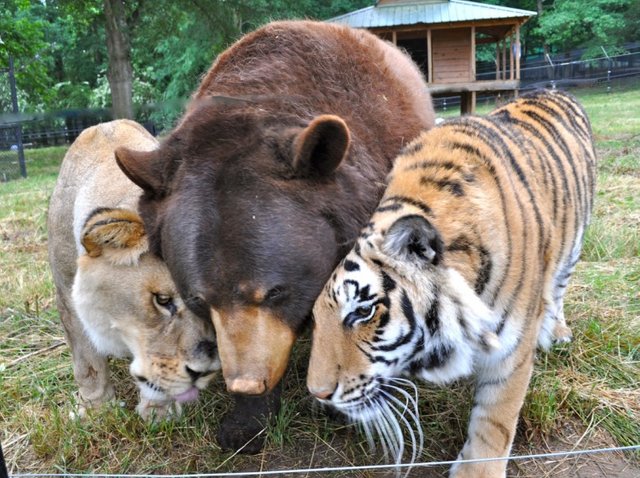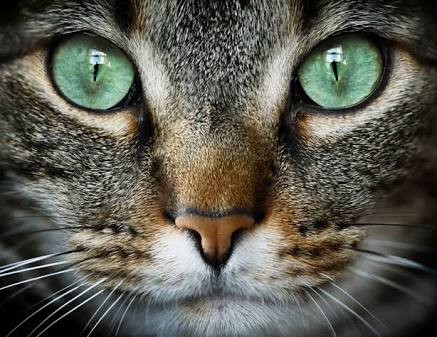"The animals thinking?
The animals thinking? Yeah! Of course! =D

Humans are not the only animals with the neurological structures that generate consciousness. This is the message - which seems timid but potentially far-reaching - from the Cambridge Declaration on Consciousness, a manifesto published on July 7 at the Conference on Animal, Human and Non-human Consciousness in memory of Francis Crick. Written by the American neuroscientist Philip Low of the Massachusetts Institute of Technology (MIT) in the United States, and signed by 25 renowned researchers in the area, the statement states that there is enough scientific evidence to consider that mammals, birds and even certain invertebrates, like the octopus, are aware.

But what is consciousness? For neuroscientist David B. Edelman of the Institute of Neuroscience in San Diego, one of the signatories to the statement, "it consists of the ability to perceive an integrated scenario and to keep it in its memory." Edelman, known for his work on the visual system of the octopus, makes clear, however, that his perception is not necessarily that of the other signatories. But then, how did everyone sign the document?
.jpeg)
In this exclusive interview with Ciência Hoje, he talks about the concepts that underlie the manifesto, the intention that motivated the publication and the fear of some scientists in having their words distorted or misunderstood by the public.
What do you call consciousness?
What I call consciousness, which is not necessarily as the other researchers in this field define the term, is the idea of an integrated scene. We receive a variety of sensory information - for example, in vision we have contrast, color, shape, angles - but we do not interpret these data as separate entities, we see the whole scene in an integrated way. Consciousness consists in the ability to perceive this integrated scenario and keep it in your memory. I believe that this ability already exists in many animals beyond humans, more than we suspected.
.jpeg)
Consciousness consists in the ability to perceive an integrated scenario and keep it in your memory
However, I make a distinction between this basal form of consciousness and one more advanced: self-awareness, the ability to imagine in that scene, whether in the past or in the future. There are animals that seem to have this second form, like the parrot. [The American neuroscientist] Irene Pepperberg did extensive work with a parrot of this species, the famous Alex, and he displayed signs that he was indeed aware of himself. This seems to be the case with some primates in certain circumstances, but I think that limiting the concept of consciousness to this second form is a trap in which many of my colleagues may fall.
.jpeg)
.jpeg)
So in the statement, you and your colleagues are claiming that some animals may be aware but not necessarily aware of themselves?
That's my position, but I have to be careful. I was one of the signatories, but it was Philip Low who sponsored this conference and published the manifesto. I agree with everything that is said there, but I do not think the text is limiting and I can not speak for all the other signatories. In my view, there are a fair number of animal species in which consciousness exists. Unfortunately, the science on this subject is still recent, we have not yet tested all possibilities widely. So what I say is more of an 'achism' than a scientific statement. However, studies with rhesus monkeys have brought a lot of indirect evidence to suggest that they are aware of themselves. This seems to be the case with primates, but as we move away from the genetic 'tree' and get, for example, into octopuses - my research area - the scientific data we can use is far more scarce.